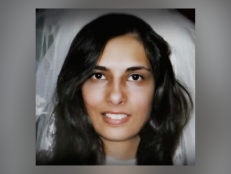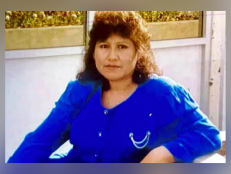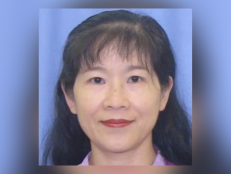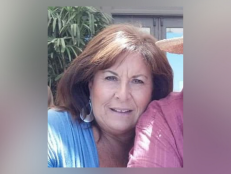Could DNA Evidence Finally Solve One Of America’s Most Infamous Killings?
The Sheppard murder mystery may have inspired the movie ‘The Fugitive.’
![Dr. Sam Sheppard [Cleveland Police Department]](http://investigationdiscovery.sndimg.com/content/dam/images/investigationdiscovery/crimefeed/legacy/2018/12/Sam-Sheppard_Cleveland-Police-Department-12272018.gif.rend.hgtvcom.616.462.suffix/1545860999927.gif)
Dr. Sam Sheppard [Cleveland Police Department]
BAY VILLAGE, OH — Osteopathic neurosurgeon Sam Sheppard’s seemingly picture-perfect life was thrown into chaos after he and his wife, Marilyn, hosted an Independence Day party on July 3, 1954. The events of that evening — said to have inspired the movie The Fugitive — continue to be debated to this day.
Sheppard recounted to police how he had fallen asleep in his first-floor den after the holiday festivities. Sometime in the early morning hours of July 4, he woke up to his pregnant wife screaming.
He ran up the stairs to the bedroom the couple shared, where, Sheppard claimed, a “bushy-haired” intruder knocked him out. When he regained consciousness, he chased the stranger to the beach in front of the couple’s home. The men tousled in the sand, and the doctor got hit unconscious a second time.
Sheppard eventually returned to the house and found his spouse bludgeoned to death. She was 30 years old.
Detectives digging into the mysterious murder were instantly on alert after they discovered Sheppard had been carrying on an affair at the time his wife died. They also wondered why there was no sign of forced entry, why the family dog never barked, and how the couple’s then-7-year-old son, Chip, somehow slept through the violent ordeal.
Dr. Sheppard was charged with murder, and his trial created a media firestorm, likely because he and his wife were rich, attractive, and considered glamorous.
“A trial like this, with its elements of doubt, is the greatest human story of all,” writer Ernest Hemingway explained at the time of the intense interest the case generated. “This is the real thing. This trial has everything the public clamors for.”
Despite his protests of innocence, a jury found Dr. Sheppard guilty of second-degree murder on December 21, 1954. Sheppard was sentenced to life in prison, and the doctor’s defense attorney, William Corrigan, unsuccessfully spent the next six years appealing the conviction.
In 1966, 10 years after Sheppard's incarceration, rising legal star F. Lee Bailey, then 32, made it his mission to help the doctor. He eventually was able to argue in front of the United States Supreme Court that his client deserved a new trial.
In a stunning 8 to 1 vote, justices struck down Sheppard’s murder conviction, writing in their decision that he was denied his right to due process because of the sensational nature of the proceedings in 1954.
Bailey, who famously called the accusations against Sheppard “10 pounds of hogwash in a 5-pound bag,” went on to get his client acquitted of murder in the second trial using evidence and science.
Despite his exoneration, Dr. Sheppard was never able to escape the cloud of suspicion that followed him to his death from liver failure in 1970 at age 46.
In 1989, Sheppard’s son took up the fight to clear his father’s name, and experts were able to determine that blood from a third party was present and mixed with the couple’s blood throughout their home.
For more on the surprising discovery of who the blood belonged to and why prosecutors still refuse to reopen the case, check out the "The Murder of Marilyn Sheppard" episode of the new Investigation Discovery digital series Lake Erie’s Coldest Cases on ID GO!
Read more: The New York Times, Cleveland.com



![Mei Li Haskell [left] and her parents YanXiang Wang [middle] and Gaoshan Li [right] went missing in November 2023. Mei's husband, Samuel Haskell, Jr., is accused of murdering them.](http://investigationdiscovery.sndimg.com/content/dam/images/investigationdiscovery/crimefeed/legacy/2023/11/los-angeles-police-department-mei-li-haskell-yanxiang-wang-gaoshan-li-112123.png.rend.hgtvcom.231.174.suffix/1700583513548.png)





